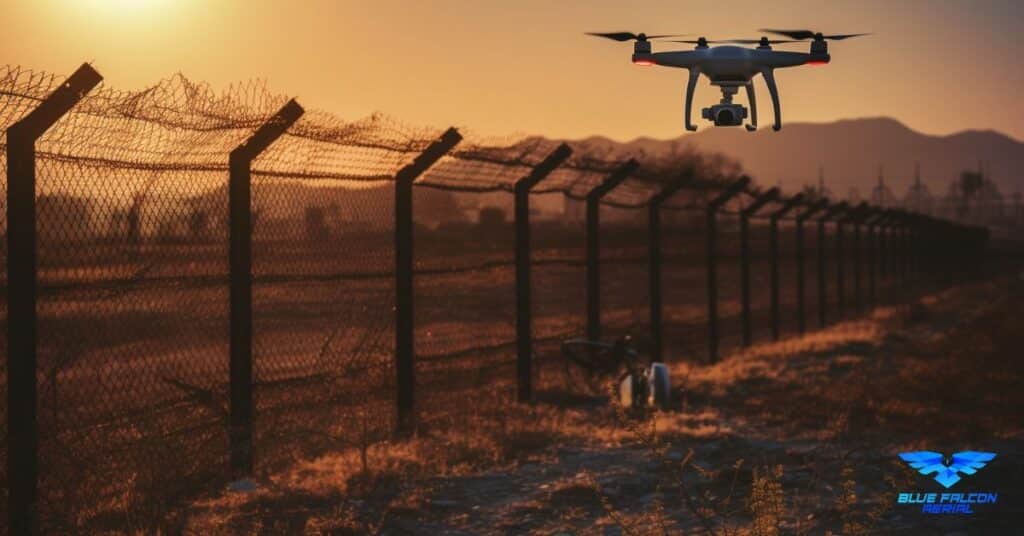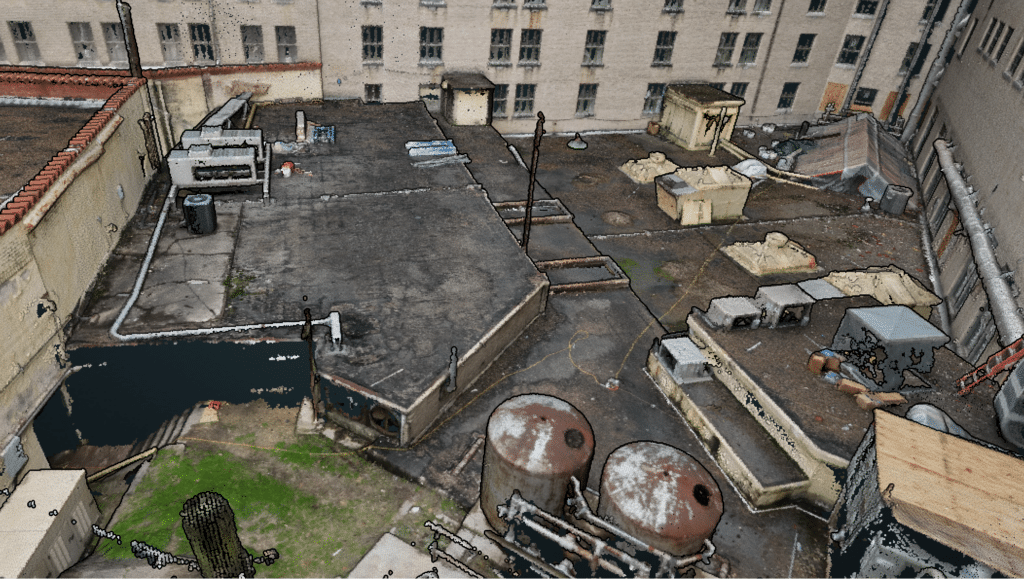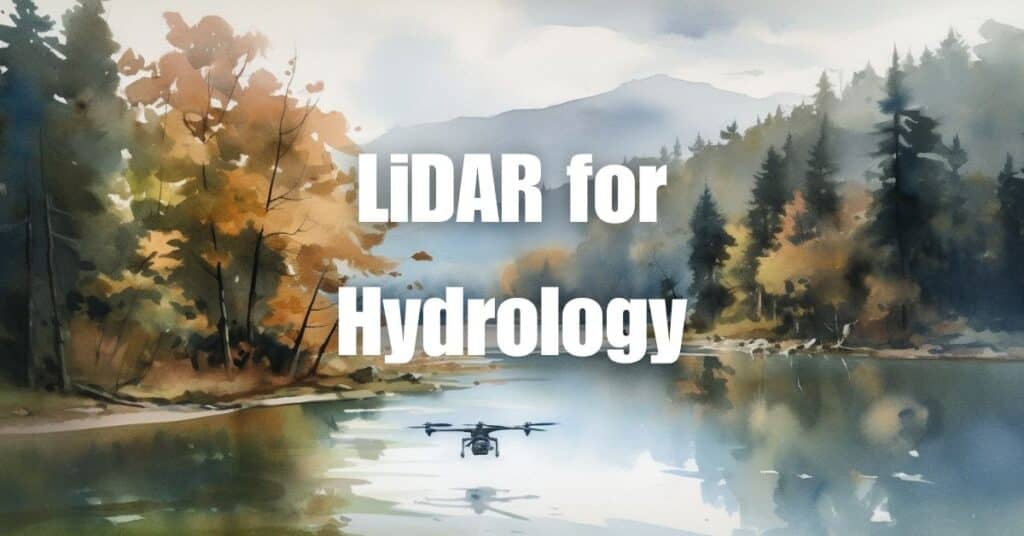Introduction
Unmanned Aerial Vehicles (UAVs), also known as drones, have revolutionized various industries in recent years. One of the most significant areas where UAVs have had a considerable impact is border security and surveillance. This article will explore the role of UAVs in enhancing border security, highlighting their benefits, and discussing the challenges they face.
Advantages of Using UAVs in Border Security and Surveillance
Real-time Monitoring
UAVs have the ability to provide real-time, high-resolution video feeds to border security agencies. This enables them to monitor vast stretches of borders and track suspicious activities with unmatched precision. The real-time information gathered by UAVs is critical in making informed decisions and taking prompt action against potential threats.
Cost-effective Solutions
UAVs are more cost-effective than traditional methods of border surveillance, such as manned aircraft or ground patrols. UAVs require less maintenance, have lower operational costs, and can cover large areas without the need for additional infrastructure or personnel. As a result, they offer an efficient and economical solution for border security agencies.
Improved Safety for Personnel
UAVs can operate in high-risk areas and harsh environments without putting border security personnel at risk. They can fly at low altitudes and navigate challenging terrains to provide valuable intelligence without endangering human lives.
Versatility and Flexibility
UAVs are versatile and can be equipped with various sensors and cameras, including thermal imaging, LiDAR, and high-resolution cameras. This enables them to detect and track various threats, such as human trafficking, drug smuggling, and illegal border crossings.
Challenges Faced by UAVs in Border Security and Surveillance
Regulatory Constraints
The use of UAVs in border security is subject to strict regulations and guidelines. Ensuring compliance with these rules can be challenging, particularly when operating in areas with shared borders or overlapping jurisdictions.
Privacy Concerns
The use of UAVs for surveillance raises privacy concerns, as they can potentially monitor private properties and individuals without their consent. Balancing the need for security with the right to privacy is an ongoing challenge for border security agencies.
Technical Limitations
While UAV technology has come a long way, there are still limitations to their capabilities. Factors such as limited battery life, vulnerability to adverse weather conditions, and susceptibility to GPS jamming can impact their effectiveness in border security operations.
The Future of UAVs in Border Security and Surveillance
Innovations in UAV technology and the development of more advanced sensors and cameras will continue to enhance their capabilities in border security and surveillance. Furthermore, the integration of artificial intelligence and machine learning will enable UAVs to analyze data more efficiently, identify patterns, and predict potential threats more accurately.
Conclusion: Embracing the Potential of UAVs
UAVs have proven to be invaluable tools in border security and surveillance, providing cost-effective, versatile, and safe solutions for monitoring and protecting national borders. While challenges remain, continued advancements in technology will only strengthen the role of UAVs in this critical domain.
If you’re interested in learning more about UAVs and their potential applications, we encourage you to visit our comprehensive guide to building and growing your drone business. For any questions or if you need assistance with a LiDAR or Orthomosaic project, don’t hesitate to contact Blue Falcon Aerial, and our team of experts will be more than happy to help.




